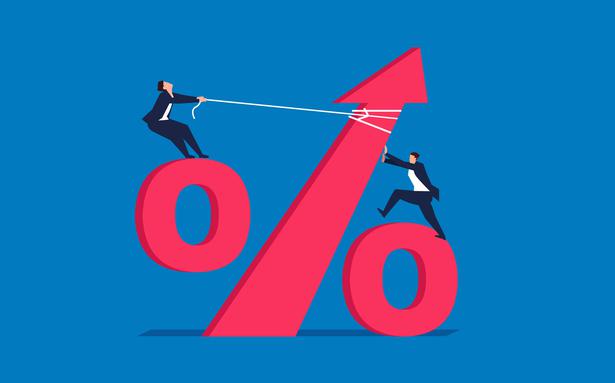The pure time preference theory of interest is an economic theory that attempts to explain the phenomenon of interest. American economist Frank Fetter, through his 1904 book, was the best-known proponent of pure time preference theory in the 20th century The principles of economics. Various theories have been proposed throughout history, including the exploitation theory of interest, the productivity theory of interest, and the abstinence theory of interest, to explain why interest is charged when money or other goods are lent. Pure time preference theory holds that interest accrues when present goods are exchanged for future goods because, all other things being equal, people prefer present goods to future goods. For example, a person may, all other things being equal, prefer having ₹100 in the present moment to the same ₹100 in the future. Thus, unless a person expects to receive an amount greater than Rs. 100 in the future, he would be reluctant to part with the Rs. 100 that is currently in his possession.
Time preference refers to the relative importance a person places on the present versus the future. When an individual prefers immediate consumption to future consumption, it is said to have a high time preference. On the other hand, if an individual prefers future consumption to immediate consumption, one speaks of a low time preference. A person with a low time preference is more likely to save and invest money for the future, while a person with a high time preference is more likely to spend money on immediate needs.
Different interest rate theories
Proponents of the pure time preference theory of interest disagree with both the productivity theory of interest and the abstinence theory of interest. The productivity theory of interest argues that interest arises because borrowers competing for credit are willing to pay extra money as interest. The assumption here is that borrowers expect to make profits by investing the amount borrowed in a productive project and using a portion of the resulting profits to pay interest. The zero-interest theory, on the other hand, posits that interest arises because lenders need to be enticed into postponing consumption into the future, or because they are unwilling to lend their money or goods. Pure time preference theory also differs from the simple time preference theory of interest, which states that interest rates are determined by both lenders’ time preference and the productivity of capital. According to simple time preference theory, lenders’ time preference determines the minimum interest rate, while competition among borrowers determines the actual interest rate.
The pure time preference theory of interest argues that interest rates are determined solely by lenders’ time preference, with no role played by the productivity of capital. In this view, the owners of present goods or capital play the role of buyers of future goods or capital. Because people prefer present goods to future goods, they would be willing to trade present goods for future goods only at a discount. So, for example, if a capitalist expects to receive ₹100 in cash flow from a business in a year, all other things being equal and since he prefers present goods to future goods, he would only be willing to invest that amount less than ₹100 in store. It should be noted that, according to pure-time preference theory, interest payments are not an incentive for owners of capital to lend their money. Instead, owners of capital independently determine how much goods or capital they wish to lend and at what rate future goods or capital are discounted.



